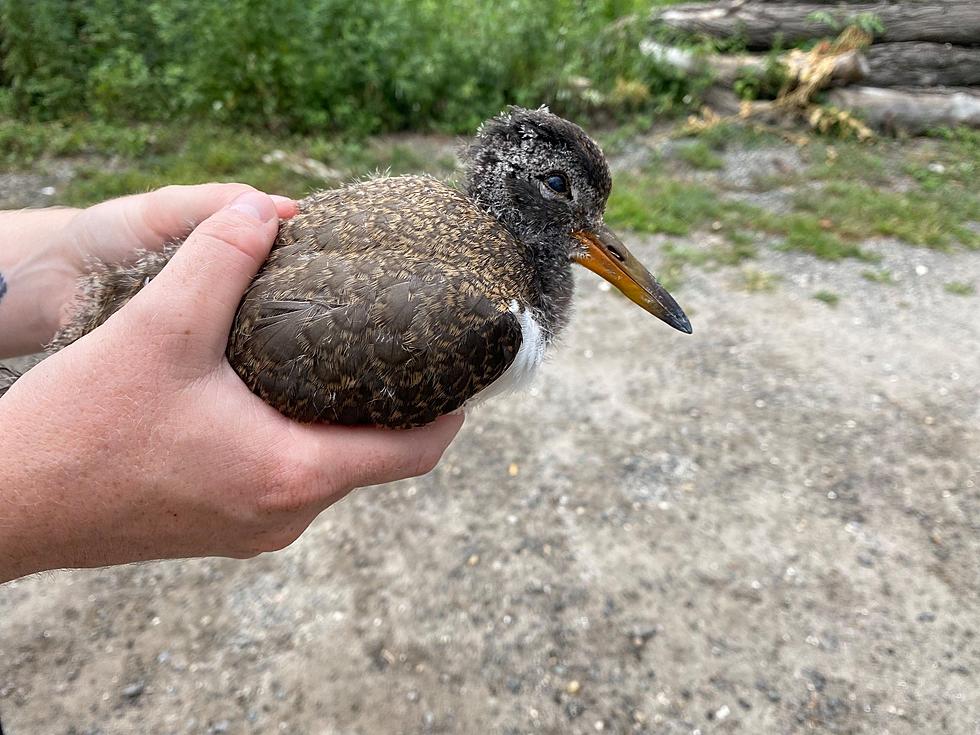
The Sad Tale Of How A Baby Oystercatcher Died in Milford
I saw a post that my dear friend Pam Landry shared on her social media that stopped me in my tracks. I thought I'd share. It's a sad tale about a baby American Oystercatcher shorebird that unfortunately passed away recently due to human interference.
In an article recently posted to the Connecticut Audubon Society's Official website, the Connecticut Audubon Society Coastal Center at Milford Point announced that The Society has decided to not hold group shorebird walks on the Milford Point sandbar for the rest of August 2021. This is due to an incident that occurred a few weeks ago.
Here's what happened - A group of 4 photographers brought their equipment onto the Milford Point sandbar, and they set up shop, within 50 feet, to take photos of two adult American Oystercatchers and their baby.
A coastal Ranger saw this, and asked that the photographers move further away, because they were disturbing the birds. They didn't. They stayed for 4 hours, and by the time they were done, the baby Oystercatcher was dead.
The baby Oystercatcher was too young to fly, and the parents were too distracted by the photographers to leave the baby on it's own, it interrupted their normal routine - resting, keeping cool, and feeding their baby.
A necropsy on the poor baby showed that it had starved to death. The worst part? The Milford point Oystercatchers only laid 20 eggs during 2021, and only 1 survived.
The CT Audubon Society is working with local law enforcement to identify the photographers, and they take the time to reiterate that they have no law-enforcement authority, and physically removing someone from a public sandbar is beyond their means. They're now working on making the public more aware of how vulnerable Connecticut's shorebirds are, and have released some tips, so that another tragedy like this won't occur.
The Connecticut Audubon Society suggests:
- Visiting the Milford Point sandbar only during the four hours before, and three hours after low tide.
- During those specific windows - walk carefully, view the birds through binoculars and scopes, and photograph them from afar, don't get close enough that it makes them move
- Don't linger too long, if birds fly away as you approach, you're too close.
- If a Coastal Ranger, or Audubon Society staff member ask you to move away, do it.
The Connecticut Audubon Society at Milford Point has taken the time to put together a chart of the "Safe" hours, as outlined by the tides. You can see it by clicking HERE.
I hope that they identify the photographers.
Here's the 12 Species of Turtles Native to Connecticut
A Visual Guide to the Snakes of Connecticut
More From WRKI and WINE









